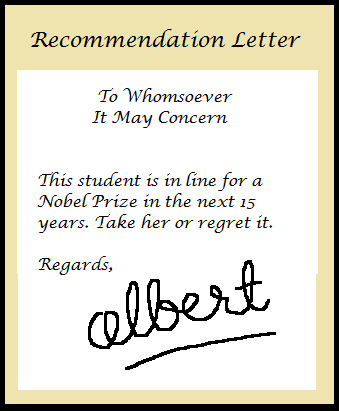September 2013
Here’s your checklist of tasks for this month – and note there’s a lot of heavy documentation work that you have to be doing, so be prepared to do a lot of running around to your college and your university
- Arrange for 10-13 sets of transcripts in sealed covers from your college or university – some universities insist on university transcripts
- Choose your recommenders (generally 3 recommendations are required, at least one of which should be from the educational institute last attended) and give them the necessary details – resume, copies of your mark sheets etc.
- Start working on your Statement of Purpose (target date for completion 31 October 2013) and resume
Note: for the full schedule see: timeline for fall 2014
Related Links:


 If you are thinking of getting admission in fall 2014 the clock is ticking and August is drawing to a close. So, if you want to be in your American university at around this time next year, what should be your priorities in the next couple of months (and as you can see from the picture above, it really is beautiful there during fall). Hint: one thing that you will need to do is start thinking about which universities to apply to – and then there is going to be a lot of head scratching that you will have to do to select universities to apply to …and so much interviewing and researching that you are going to feel .like a news reporter! The details are below. Ready to read? Well, get set and go!
If you are thinking of getting admission in fall 2014 the clock is ticking and August is drawing to a close. So, if you want to be in your American university at around this time next year, what should be your priorities in the next couple of months (and as you can see from the picture above, it really is beautiful there during fall). Hint: one thing that you will need to do is start thinking about which universities to apply to – and then there is going to be a lot of head scratching that you will have to do to select universities to apply to …and so much interviewing and researching that you are going to feel .like a news reporter! The details are below. Ready to read? Well, get set and go!

